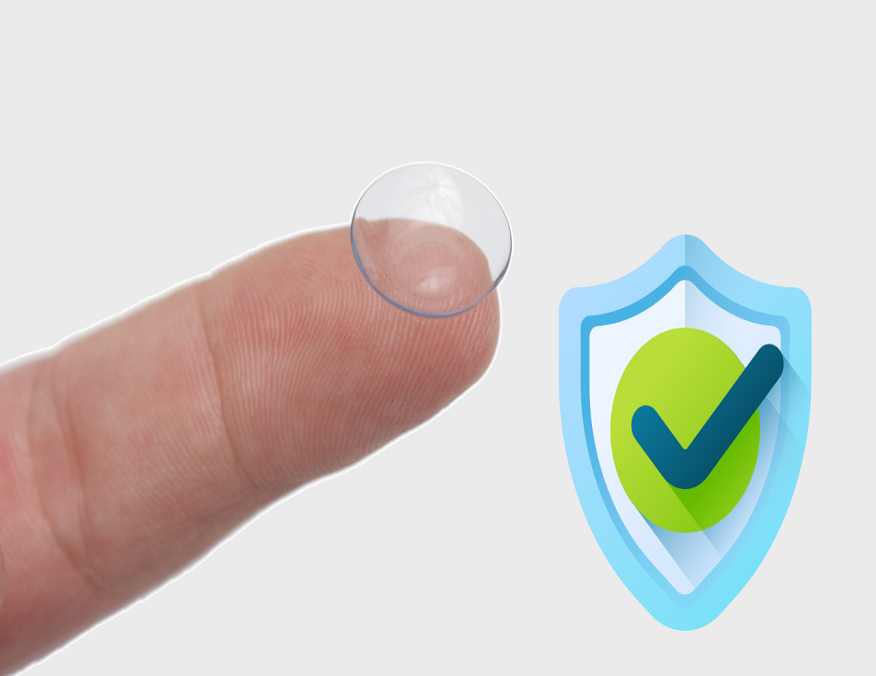Vision can be improved by orthokeratology in Singapore, sometimes known as “Ortho-K,” by using specially made lenses that are worn during sleep. This is analogous to how patients need to wear retainers after getting orthodontic treatment. Through the use of custom-made gas permeable (GP) contact lenses, the cornea of the eye can be reshaped through the process of orthokeratology.
Vision can be corrected for persons who are nearsighted, farsighted, have astigmatism, or have presbyopia by adjusting the cornea, which is the front surface of the eye. Thanks to this treatment, your vision will be improved to the point that you won’t need glasses or contacts for the duration of the day.
Who Should Consider Getting Ortho-k Treatment?
Orthokeratology is a treatment that can be helpful for children and adults who have vision problems such as nearsightedness, farsightedness, or astigmatism. People over the age of 40 who have trouble seeing things up close may also benefit from using it. People who are active in sports may find Ortho-K to be an especially enticing option.
People tend to believe that surgical treatments are a cure-all at times. However, LASIK has potential side effects, including halo effects and the loss of vision permanently. After LASIK, patients frequently complain of having dry eyes. After LASIK surgery, the cornea can no longer be restored because it has been permanently transformed. People who don’t want to incur the risks connected with surgery may choose to consider Ortho-K as an alternative treatment option. The advantage of orthokeratology is that the results are not permanent. One of its advantages is that the treatment can be stopped at any time without causing irreversible eye damage. Before ever considering LASIK, some people wish to first “test drive” the procedure.
How long does it take for Ortho-K to be effective?
Within a day or two, you should notice an improvement in your vision; in some cases, this improvement may even become obvious overnight. Then, after a few weeks, it reaches its final state of complete stability.
Is Ortho-K comfortable?
Because ortho-k lenses are meant to be worn while sleeping, most people do not experience any discomfort or lens awareness when wearing them.
When I’m done with Ortho-K, can I get LASIK?
It is feasible to undergo LASIK surgery following orthokeratology; however, this is a very uncommon course of action for people to take. LASIK is a procedure that can permanently reshape the cornea, but it is not without danger. The cornea is temporarily altered by Ortho-K, which has the distinct advantage of not being a permanent change. For example, at the age of 40, when most individuals begin to have difficulties seeing at near distances, the shape of the cornea can be altered to enable them to see at near distances as well.
After LASIK, after the cornea has been sliced and removed, it cannot be replaced because the procedure completely removes the cornea. Patients who have stopped using their Ortho-K lenses for one reason or another continue to maintain some of the benefits of Ortho-K, and their prescription frequently remains lower than it was before they began Ortho-K treatment.

